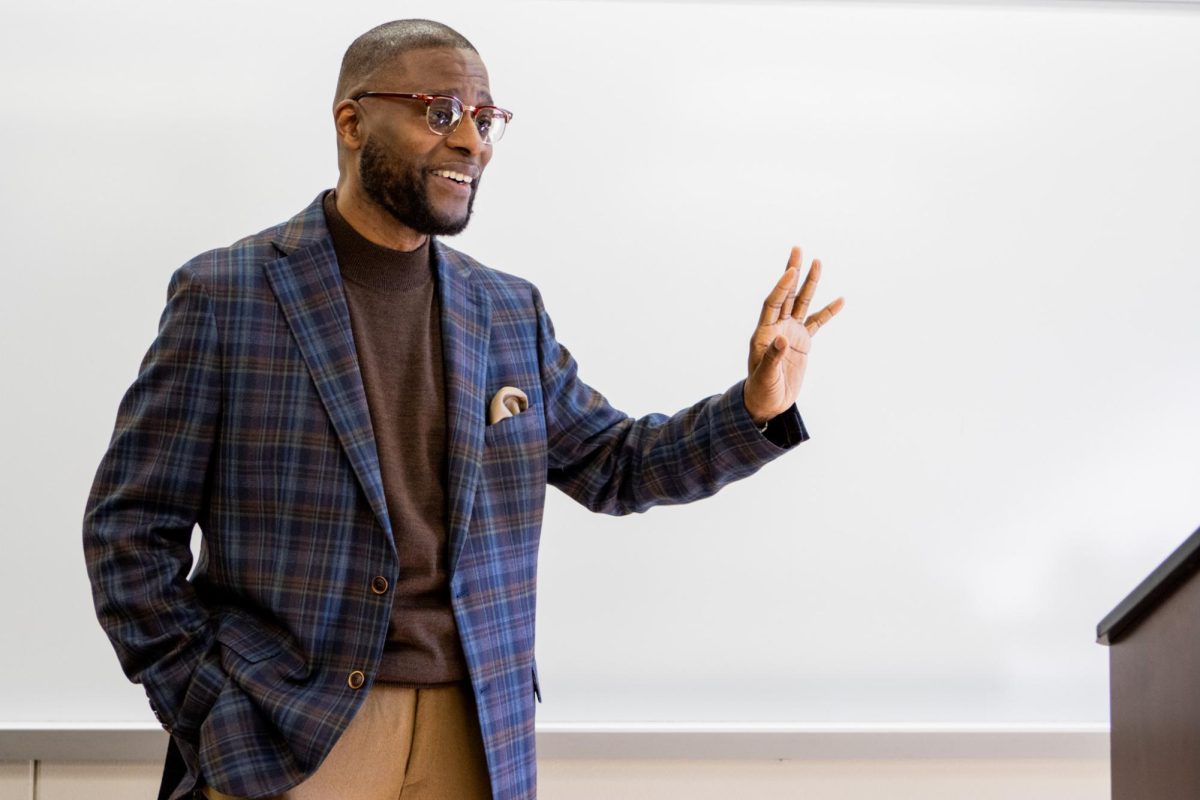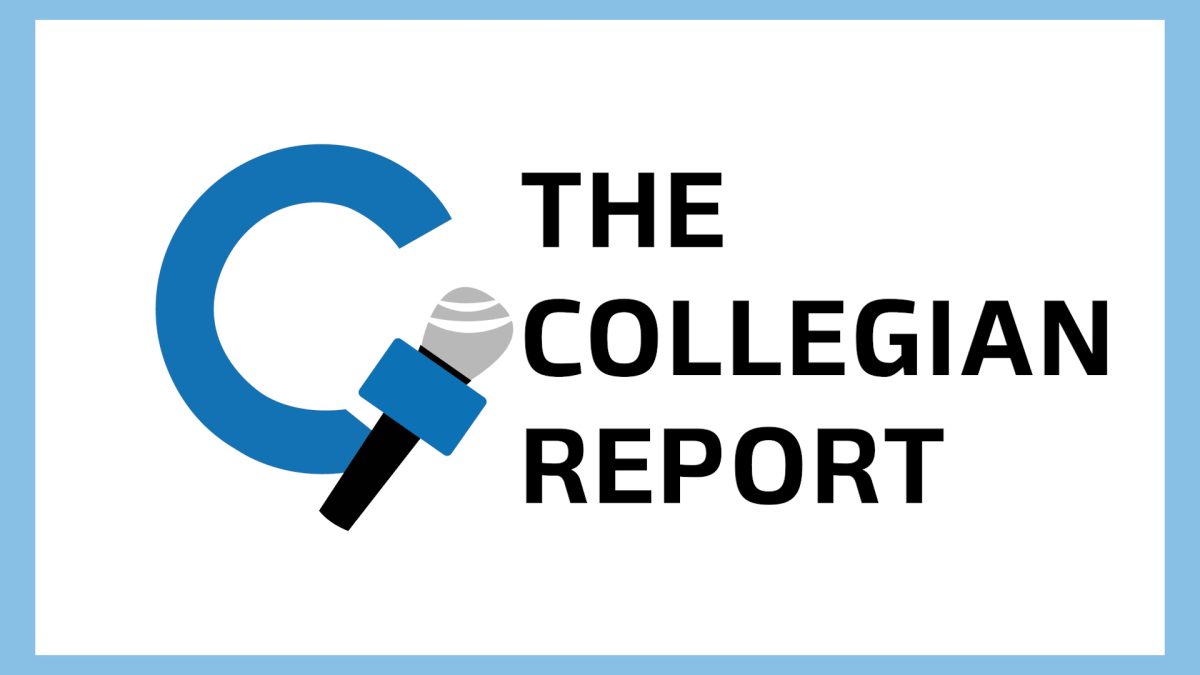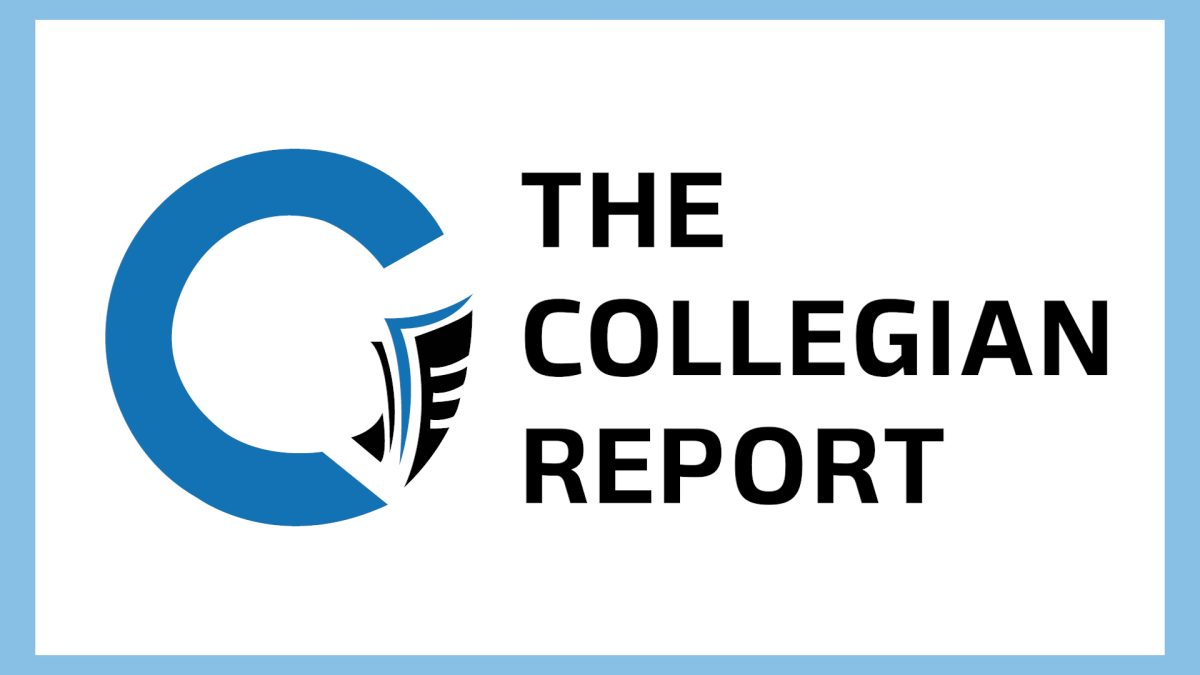Fort Worth artist Michelle Johnson explores the ways society and the government often reduce people to numbers in her solo exhibition “Tally Up!,” on display through March 7 at TR Campus.
Johnson uses various methods in her intricate prints such as woodblock and screen printing to produce dully colored, abstract depictions of issues she has seen in society.
This shows up in the work as hundreds of lines of binary code printed over simple figures of people, often in chaotic ways.
These are layered over each other in different colors and variations to tell different stories.
Johnson was inspired to use binary codes in her art after seeing data from the telecommunication company AT&T, where personal information can be encoded into strings of ones and zeroes.
Johnson said she wanted to bring humanity back by not looking at people like statistics.
“We should just really make the effort to stop trying to dehumanize people and to see them as numbers, and just begin to see people as people,” Johnson said.
Drawing from her experience as a military medic, Johnson addresses various facets of societal issues like the health care system in both humorous and somber ways.
In one piece, she depicts the humorous story of a patient she treated through a few lines of text resembling a medical report.
On another, she illustrates the struggle of being a woman living under a health care system that doesn’t listen to her problems through words in the art like “reassess” and “DSM IV,” referring to a guide used to diagnose mental disorders.
Johnson said the lack of effort by the medical world in America to empathize with their patients meant that many women feel like they aren’t being cared for.
“We still have the highest numbers in this country of not being heard when it comes to women’s health care,” she said. “[Women are] not being listened to, being misdiagnosed, having surgery they don’t need.”
TR art student Brendon Lane was especially curious about the multilingual aspect of Johnson’s prints.
On one piece, Johnson used alphabets from languages like Russian, Ethiopian and Greek to create patterns resembling those seen on ancient stone tablets, which Lane compared to the Rosetta Stone.
“There’s very few pieces in the world that touch on so many different cultures at once, but that one particularly does a good job of showing that we’re not just one culture,” Lane said. “And that there are so many different cultures, but we’re all part of the same tapestry of humanity.”
Johnson was also inspired by slave ship logbooks, and many of her pieces depict how slaves were dehumanized in history.
TR art student Megan Meier said those themes were clear when she saw Johnson’s work for the first time.
“It really comes across in her work in that you see the figures and the numbers and that she’s layering all those together,” Meier said. “It’s really beautiful in how they kind of create a picture of how messy that is.”
The value of people is the main theme in the exhibit.
Johnson said society should make an effort to treat people humanely and see the human factor in society.
“Sometimes, when you turn people into numbers, it tends to dehumanize people,” she said. “It causes others to devour another person. Because all you see on paper is the statistics.”































